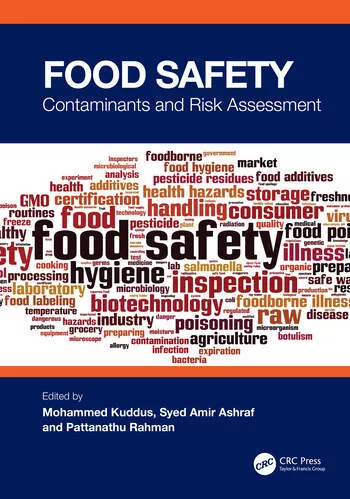Health Effects of Contaminants in Seafood Unclear, But Most People Aren’t Eating Enough Fish Anyway

Image credit: Tamas Pap via Unsplash
The National Academies of Sciences, Engineering, and Medicine (NASEM) published the final version of its report on the role of seafood in child growth and development, which weighs the nutritional benefits of seafood consumption against the health risk of dietary exposure to contaminants in seafood, with special consideration to people who are pregnant or lactating and their children. The growth and development of children is especially vulnerable to disruption by excessive dietary exposure to contaminants.
The report was commissioned by the U.S. Food and Drug Administration (FDA) to inform its Closer to Zero efforts, as well as to develop advice on eating fish in collaboration with the U.S. Environmental Protection Agency (EPA).
Seafood is a uniquely rich source of several key nutrients, and the Dietary Guidelines for Americans recommends that U.S. adults aim to eat two 4-ounce (oz.) servings of seafood per week. For children, the guidelines recommend introducing seafood at six months of age, after which point children should consume two servings per week in quantities proportionate to their total caloric intake.
At the same time, seafood often contains harmful contaminants from the environment, such as methylmercury; persistent organic pollutants like per- and polyfluoroalkyl substances (PFAS), dioxins, and polychlorinated biphenyls (PCBs); and microbiological hazards. Mercury and PCBs are the most significant drivers behind fish consumption advisories.
In general, NASEM concluded that there is currently not enough evidence to support revisions to seafood consumption recommendations in the Dietary Guidelines for Americans, nor to assess the health risk of exposure to any contaminants in seafood other than mercury.
The report notes that higher levels of mercury and some kinds of arsenic are found in adults and children that eat more seafood. Still, with the exception of some types of tuna, the most commonly consumed fish types in North America contain low levels of methylmercury. Additionally, average intake levels of mercury from seafood are below FDA Closer to Zero limits among women of childbearing age, infants, and children, except for those who eat tuna frequently. High concentrations of other toxic heavy metals and pollutants are limited to certain species or geographic areas; for example, PCBs are especially relevant in the Great Lakes region.
The evidence supported possible health benefits to children from fish consumption by lactating mothers, including improved cognitive, behavioral, and language development. Still, the evidence was not strong enough to establish an association between seafood consumption by children and health outcomes broadly.
The report calls for FDA to routinely monitor the evidence of and methodologies for assessing risks and benefits from seafood on child developmental outcomes. Many knowledge gaps exist around the health impact of exposure to contaminants through seafood consumption. For example, it is unknown whether seafood nutrients and contaminants from different species, sources, or locations have different effects on children’s health; if there are certain periods in child development where seafood consumption might have different effects on child health; and, most generally, how seafood consumption by children affects their health. Importantly, further characterization is required to inform risk assessment of chronic exposure to less-studied contaminants like PFAS, arsenic species, microplastics, and domoic acid.
Looking for quick answers on food safety topics?
Try Ask FSM, our new smart AI search tool.
Ask FSM →









